World Fine Art Professionals and their Key-Pieces, 385 - Dodi Espinosa
World Fine Art Professionals and their Key-Pieces, 385 – Dodi Espinosa
In Gallery Fleur & Wouter in Amsterdam I saw the show ‘The Day of the Donkey’ with work by Carmen Schabracq and Dodi Espinosa. The Day of the Donkey refers to ‘El Dia del Burro’, the most important feast in Otumba, the Mexican village where Espinosa comes from. Donkeys are dressed up in costumes during this party, with make up, wigs and dresses.
Both artists have a strong bond with Mexico and a fascination for tradition, craft, and noble, ‘poor’ materials. In 2018 Espinosa made a sculpture work ‘El Dia del Burro’, that now belongs to the collection of Mu.zee in Ostend, Belgium.
The ballerinas of Edgar Degas
In this work we see a donkey in a tutu, Espinosa refers to the ballerinas of Edgar Degas. In the sculptures in this exhibition, he returns to this theme and explores the dark side behind these much-loved works of art. The corps de ballet, the large group of minor dancers in Degas’s day, consisted of poor girls who depended on powerful patrons of the ballet.
Dodi Espinosa explains: ´In ballet, the corps de ballet, is the group of dancers who are not principal dancers or soloists. They are a permanent part of the ballet company and often work as a backdrop for the principal dancers. These girls, the ballerinas, were the girls who were studying to become professional dancers. They were known as opera rats, apparently because of the way they moved very quickly and because they were very agile and flexible, so they were just as fast as rats. But there was also prejudice in this nickname that was given to them full of elitism because these girls were usually from disadvantaged families. They came from poor backgrounds and they usually joined the Paris Opera’s dancing school when they were very young. The ballet’s powerful patrons could easily make contact with the girls, with abuse occurring quite often.”
Bamboo
Both artists – Espinosa and Schabracq – are interested in tradition, craft, and noble materials which are sometimes referred to as ‘poor’. Paper maché is such a material that is seen as poor in the art world, but has an artistic value in Mexican culture and Latin American cultures. The two artists decided to work with this material. Espinosa also chose bamboo, another poor material, which is fine but also very strong, supple, and light as a ballerina.
Espinosa’s abstract sculptures in this exhibition show the movement in the dance and symbolize the anonymity of the dancers of the corps de ballet. Yet each sculpture represents a dancer, and by naming them Espinosa takes them out of anonymity. Arrowheads in the sculptures symbolize the strength of the dancers. His ballerinas contradict the typical impression of fragile and submissive girls.
Dancer Shelby Williams
Dodi Espinosa: “The key point in the execution of the sculptures was meeting Shelby Williams, dancer at the Opera Ballet Vlaanderen. We had several talks and she also invited me to the classes and rehearsals at the Opera Ballet Vlaanderen. I really felt like a young Degas.
I told Shelby my interest in using bamboo for its symbolic value. It is light, thin, but also strong and flexible like a ballet dancer. ‘Have you seen how they make complete scaffolds all around Asia only using bamboo?’
I was very interested in the idea of structure, like the scaffolds. The interest in structures started when making previous papier maché pieces. I always used bamboo to create the inner supporting structures, and I always find this hidden structures beautiful. So this time I made structures instead of working with volume, I went inside.”
The ‘willis’ of the Giselle Ballet
When Shelby knew about my interest in Bamboo she talked about a recent choreography, an adaptation of Giselle by the contemporary choreographer Akram Khan. There is a part in this choreography where the dancers carry bamboo spears and dance the whole time on their tips. They depict the willis which are female spirits – in white gowns – that come back for revenge (such a coincidence!)
It was mainly this part of the choreography of Akram Khan that inspired and motivated me the most to create the ballerina sculptures. I was so excited that everything became very spontaneous, like an explosion. I was like possessed. I was a vehicle for bringing the theme of sexual harassment, violence and predator-ship by using my hands.
The ballerinas are no longer fragile submissive women, they are strong and independent and they are back for revenge!”
Fashion
Dodi Espinosa has a fashion background. “I worked for many years in fashion before and during my first art shows. Unfortunately I had to live many uncomfortable situations of sexual harassment, sexual violence or manipulation in the professional environment. These events brought me to eventual depression and burn out.”
He continues: “I really need to bring visibility to what the Little Rats had to live with. It was a way to deal with my own experiences in the high fashion industry. There are plenty of gay men in important positions in the fashion world who are in the constant hunt of younger guys who are willing to exchange sex for higher positions or opportunities. In the fashion industry it is a very established dynamic. I believe in the transformative capacities of art for healing, and for these pieces I tried to render my own experience universal by channelling and bringing visibility to the story of the Little Rats, the young ballet dancers painted by Degas who had to endure very unequal work situations due to their humble background.”
From Mexico to Europe
Dodi Espinosa is an artist for as long as he can remember. “I have plenty of very early memories when, as a kid, I was already making art, from small coffins made of ice cream wooden sticks to ceramic pieces using the traditional ceramic techniques form the region where I grew up. I still remember when I presented my very first ceramic pieces in the market square of my grandmothers town.”
He migrated to Europe when he was 16. “I arrived in Santander, studied graphic design there, but I was not happy. So I went to study art at La Escola Massana in Barcelona. I was very interested in their approach connecting conceptual Art and Crafts. After that I moved to Belgium, I was illegal for a couple of years, so it took me a while to find balance and start again.
Afterwards I felt a strong need for making objects, for materializing. It’s at that moment when I was born a sculptor. Nevertheless I never called myself a sculptor. I always saw myself as multitasked artist willing to explore all kinds of medias and platforms. It is more a matter of opportunities at this moment. But more and more people call me for my ‘Objects’.”
Finally, what’s Dodi’s philosophy?
“My motto: Never give up the quest for freedom, that’s why constant change is so important for me. I don’t believe in the idea of a fixed repetitive or rational practice or style as such. I really don’t like to get bored by myself and I really don’t believe in making art rational. There are already many fields controlled by the western mind, let’s not fuck art as well! Let’s keep it free!”
Images
1) Expo The Day of the Donkey, Amsterdam, 2) Giselle, 3) corps de ballet I, 4) corps de ballet II, 5) details, 6) Dodi Espinosa, 7 ) El Dia del Burro, 8) Sainte Odile, 9) Sharp Edges 128, 10) Elixir
http://dodiespinosa.com/https://www.instagram.com/dodiespinosa/https://ifthenisnow.eu/nl/verhalen/dodi-espinosa-takes-ballet-dancers-out-of-anonymity
Disclaimer: The views, opinions and positions expressed within this guest article are those of the author Walter van Teeffelen alone and do not represent those of the Marbella Marbella website. The accuracy, completeness and validity of any statements made within this article are not guaranteed. We accept no liability for any errors, omissions or representations. The copyright of this content belongs to Walter van Teeffelen and any liability with regards to infringement of intellectual property rights remains with the author.

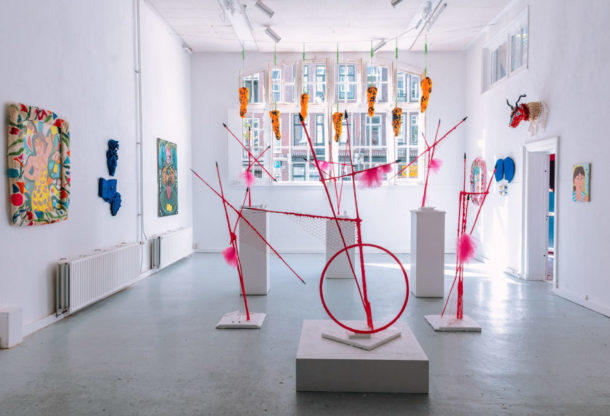
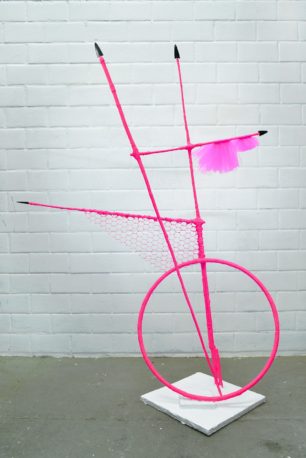
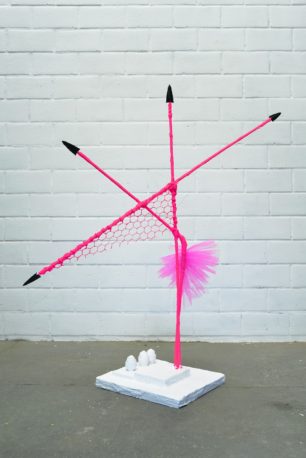
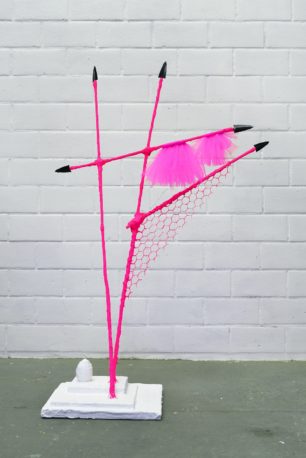
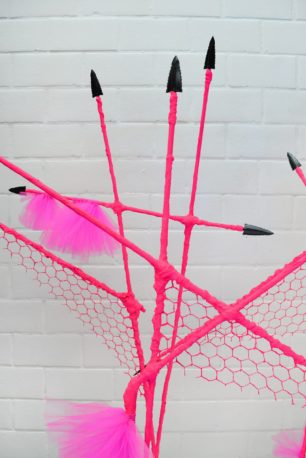
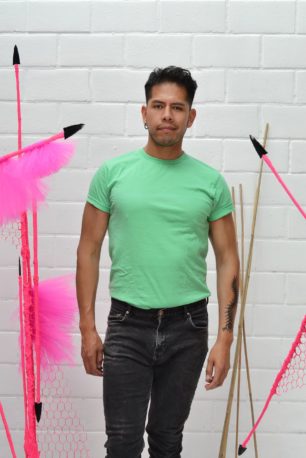
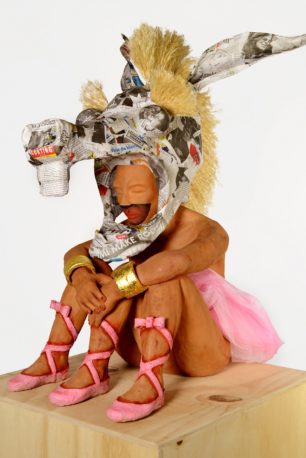
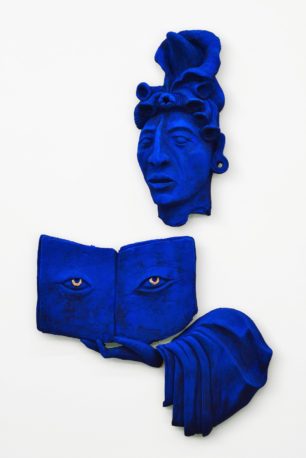
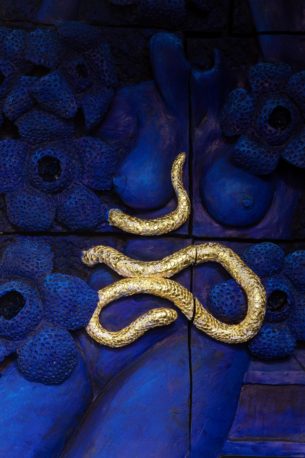















The opinions expressed by individual commentators and contributors do not necessarily constitute this website's position on the particular topic.